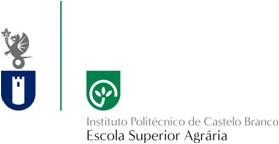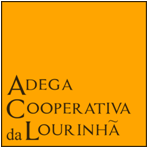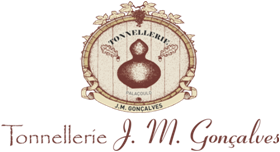In the international context, the production of wine spirit finds expression in several countries, such as Chile (http://piscochile.com/pisco/) and Peru (https://museodelpisco.org/), which share the Designation of Origin (D.O.) Pisco. However, it is in the traditionally wine-producing countries, located in Europe, that the main Designations of Origin of this spirit drink are found.
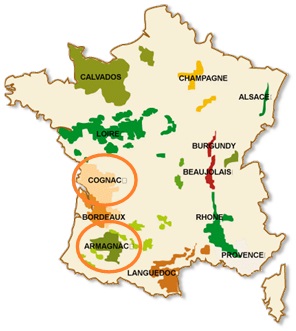
Among them, it is worth mentioning France and its Designations of Origin Armagnac and Cognac, which produce the corresponding wine spirits most prestigious and top selling worldwide. Any one of these regions has specific organization and features.
Armagnac (http://www.armagnac.fr/discover) is regulated by the Bureau National Interprofissionnel de l’Armagnac, which integrates individual producers and cooperatives, distillers and dealers. The region comprises three sub-regions, depending on the quality of the wine spirits produced: Bas Armagnac, Armagnac-Tenarreze and Haute Armagnac.
The vineyard area is currently 15 000 hectares and the most representative grapevine varieties are ‘Ugni Blanc’ (‘Tália’ in Portugal), ‘Colombard’, ‘Folle Blanche’ and ‘Baco’ (hybrid of the grapevine varieties ‘Folle Blanche’ and ‘Noah’). The wine spirit is obtained by continuous distillation, in a distillation column, and aged in oak wooden barrels.
Cognac (http://www.bnic.fr/cognac/_cn/2_cognac/index.aspx) is regulated by the Bureau National Interprofessionnel du Cognac, composed of producers and companies. Based on the characteristics of the soil described by the geologist Henri Coquand in 1860, six sub-regions ("Crus") were delimited, which, from the center to the periphery of the region, produce wine spirit of successively lower quality: Grande Champagne; Petite Champagne; Borderies; Fins Bois; Bons Bois; Bois Ordinaires.
The vineyard area is currently 79 636 hectares, being also the ‘Ugni Blanc’, ‘Colombard’ and ‘Folle Blanche’ the most important grapevine varieties. The wine spirit is produced by batch distillation, in alembic "Charentais", and aged in of oak wooden barrels.
In Portugal there are six Designations of Origin of wine spirit: Bairrada; Vinhos Verdes; Tejo; Lourinhã; Douro; Alentejo (https://www.ivv.gov.pt/np4/528).
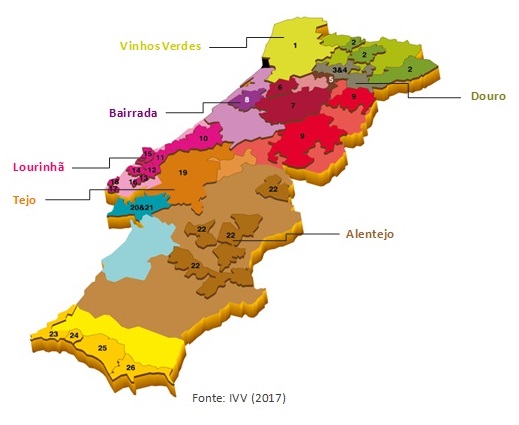 In this scenario, the Lourinhã Designation of Origin should be highlight, whose historical references date back to the beginning of the 20th century. The delimitation of this region in 1992 was the result of the work developed since the 1970s by several entities, namely the Estação Vitivinícola Nacional (now INIAV – Pólo de Dois Portos), the Lourinhã City Hall and the Adega Cooperativa da Lourinhã.
In this scenario, the Lourinhã Designation of Origin should be highlight, whose historical references date back to the beginning of the 20th century. The delimitation of this region in 1992 was the result of the work developed since the 1970s by several entities, namely the Estação Vitivinícola Nacional (now INIAV – Pólo de Dois Portos), the Lourinhã City Hall and the Adega Cooperativa da Lourinhã.
Although it owns only about 40 hectares of vineyards, Lourinhã is an exclusive Designation of Origin for wine spirit (it means that other wine products produced there are not entitled to D.O.), due to specific conditions of soil and climate, which places it on the plateau of the famous French regions of Armagnac and Cognac. To the best of our knowledge, there are no other regions with this particularity in the world.
The recommended grapevine varieties are: ‘Alicante Branco’, ‘Alvadurão’, ‘Boal Espinho’, Marquinhas’, ‘Malvasia Rei’ (‘Seminário’) and ‘Tália’ (white grapes); ‘Cabinda’ (red grapes). The authorized grapevine varieties are: ‘Cercial’, ‘Fernão Pires’, ‘Rabo de Ovelha’, ‘Síria’ (‘Roupeiro’), ‘Seara Nova’ and ‘Vital’ (white grapes); ‘Carignan’, ‘Castelão’ e ‘Tinta Miúda’ (red grapes)[1]. The wine spirit is obtained by continuous distillation, in a distillation column, and aged in oak wooden barrels.
Currently, in this Designation of Origin there are only two economic agents selling certified wine spirit: Adega Cooperativa da Lourinhã (https://doc-lourinha.pt/) and Quinta do Rol (https://quintadorol.com).
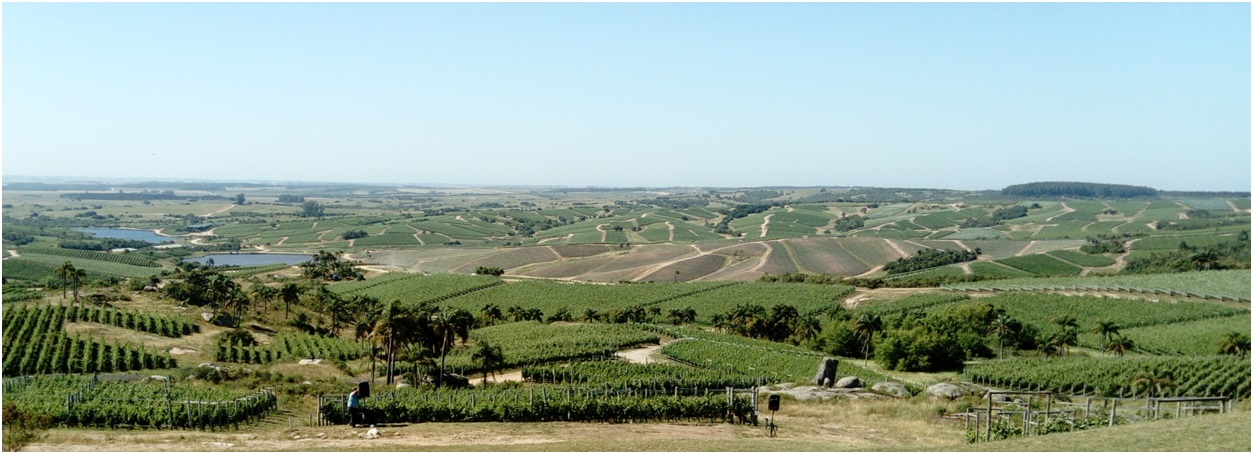
[*] Decreto-Lei nº 323/94, de 29 de dezembro









